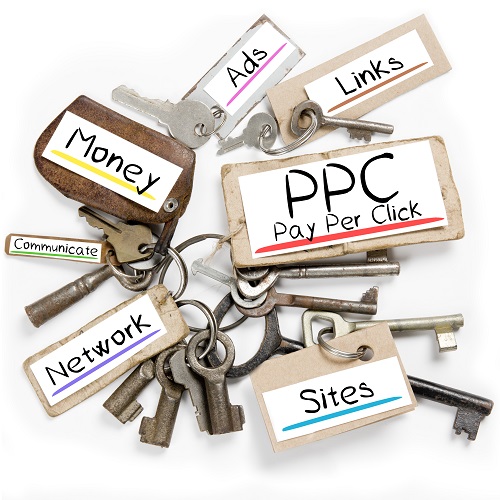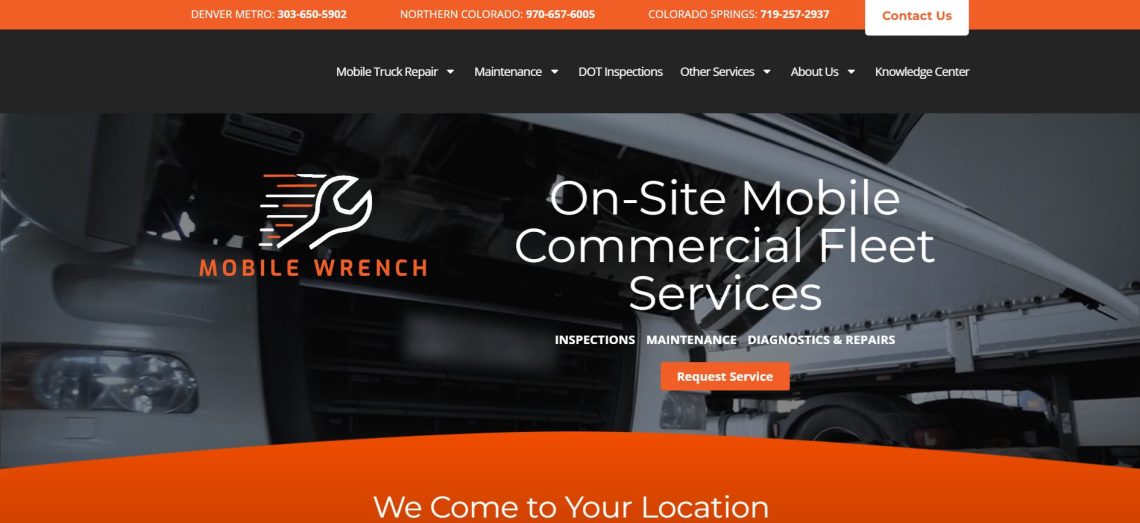How to Create a Conversion-Optimized Website

Your website is a critical tool in your marketing arsenal. We’ve seen firsthand how a well-optimized site can drive more traffic, generate leads, and ultimately convert visitors into loyal customers. But what makes a website truly conversion-optimized? Conversion rate optimization (CRO) is the process of enhancing your website to increase the percentage of visitors who […]
10 Steps you Can Take to Leverage Technology as the Cost of Business Rises

As the cost of doing business continues to rise, competition is intensifying. How can you leverage technology to monitor what your competitors are doing so you can stay one step ahead? Monitoring competitors’ digital marketing strategies is one way to identify opportunities for improvement and differentiation. Here’s a step-by-step approach you can take (or hire […]
Accelerate Growth with Google Ads: Your Path to Success!

Are you ready to take your business to new heights? Consider paid search as a way to jumpstart your sales process. Here’s how a strategic Google Ad campaign can connect you with your target market: Targeted Reach: Reach your ideal audience precisely. Google Ads allow you to target users based on demographics, interests, and online […]
Staying Ahead in 2024: 5 SEO Trends To Pay Attention To

As we navigate the digital landscape, staying ahead in SEO is paramount. Here are five trends reshaping the SEO landscape for 2024: Voice Search Optimization: Voice-activated searches are on the rise. Tailor your content to conversational queries for a seamless user experience. I personally do most of my searches via voice these days. One of […]
Celebrating Innovation: EduCyber Launches WSArchitect.com and MobileWrenchFleet.com

We are thrilled to announce the launch of two cutting-edge sites that set a high standard for design: WSArchitect.com and MobileWrenchFleet.com. WSArchitect.com: Moving from a dated website to a contemporary site that shows the breadth of their work from small projects to large, from feasibility studies and planning to interior architecture and building architecture. The […]
Finishing Strong

Sometime in the first or second week of November, many business people slowly begin to checkout. It’s time for Thanksgiving and then Christmas and then New Years. It’s not time to close new deals or even to push to the finish on existing deals or projects. But that is really just an excellent way to […]
The Changing Face of SEO

Search Engine Optimization (SEO) continues to mature as a discipline and as it does, the things that one must do continue to change. Some of the work of SEO is quite straightforward and in fact the single most important thing you can do to boost your rankings is to have quality content about what you […]
Little Data
In the Internet world, Big Data is a big buzz word. With the right tools huge volumes of data can be digested, analyzed, and summarized with amazing speed. Technology like this is what is driving technical inroads in an array of industries from understanding the human genome to making digital currency like Bitcoin to understanding […]
Is Page Speed Important?
Not long ago I wrote an article on Page Speed. Since then, page speed has continued to climb in importance. How Google’s algorithm for ranking pages works is the secret sauce that makes them who they are. But we do know that pages that load fast are moving up in importance in the algorithm. So […]
What is a Near Me Search and Why Should I Care?
You have all seen it. It is an integral part of search these days. You are out and about. You decide to look for a good place for lunch. Searching for “restaurants” works but if you want to be clear with your search, you can say “restaurants near me” and up comes the list. This […]
